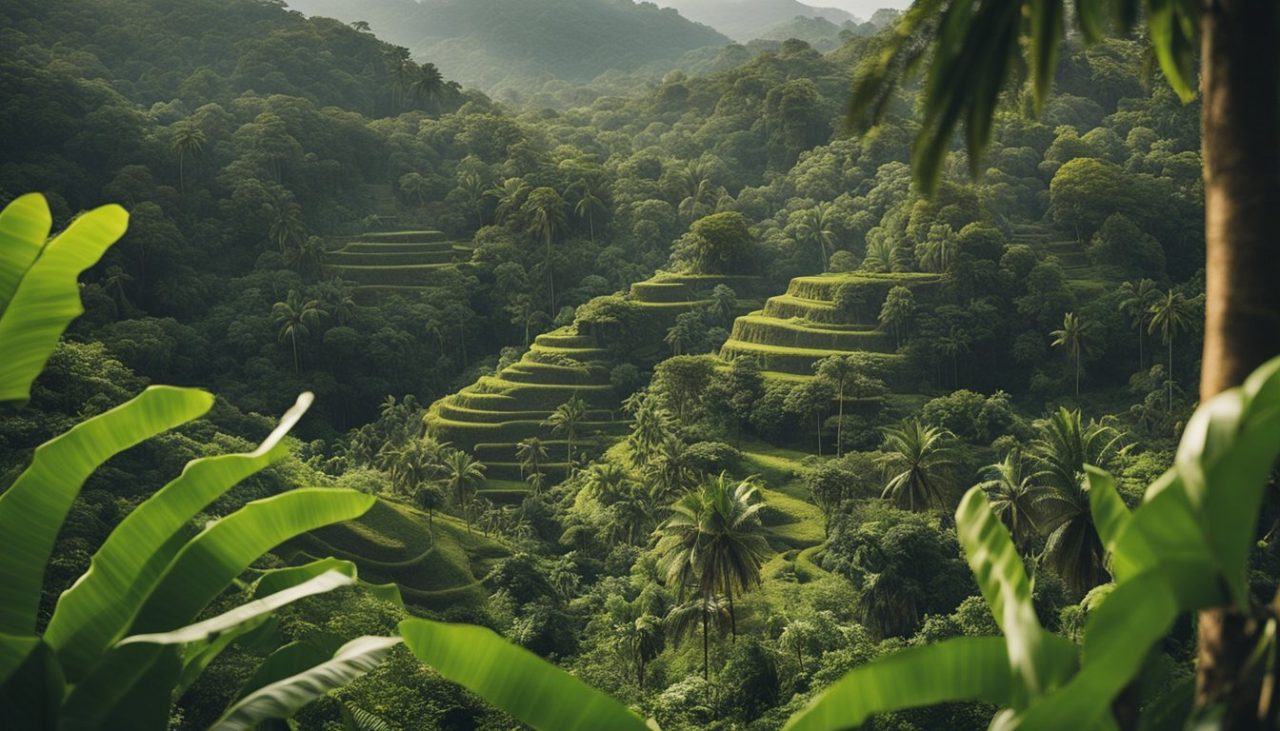
Sustainability is a word that holds many definitions that create a broad scope of its many concepts. Along with its many definitions and concepts, there are levels of denotation and connotation it presents as well. Sustainability is, however, not as fluid when applied to practical solutions and methodologies. For social impact, environmentalism or environmental preservation, and capital allocation strategies, sustainability is the ecosystem to draw from.
When one closes their eyes, how does the mind perceive what sustainability is? Can you imagine what colors come to mind? How about the textures or objects? Can we articulate what are the overall types of 5 senses that one would associate with sustainability, such as scent, taste, small, sound, and sight? What does it sound like, and what time of day is most associated with sustainability? How about the term sustainable? Does it seem more of a perceived focus? Does that term function as an enhancement to content that orbits sustainability? Are concepts of sustainability sustainable, or does the sustainable content belong within sustainability?

Understanding Sustainability is key
Welcome to our digest as we unpack how sustainability in scope expands through concepts. In addition to unpacking, we will explore what these concepts are and how we can relate to and apply them for a sustainable future. From a high-brow layman to the high-ranking delegate seeking to increase influence in a foreign administration, anyone can apply these tools. From the citizen climate lobbyist who advocates locally to Capital Hill to the at-home matriarch wife or patriarch uncle. Access to leveraging both nuclear and extended family duties on how a systematic approach to sustainable living can be beneficial.
The premiere definition of what sustainability is as a subject matter, application, and form of a multi-tier policy that synthesizes an eclectic set of disciplines. This understanding includes that earth and its ecosystem of lifeforms are included. By sustaining equilibrium from the plant’s origin billions of years to the establishment of the United States of America, sustainability is ensured by not comprising today at the expense of future generations.
We’ll continue to answer all these questions as we explore more how this concept materializes as a buzzword and an institutional ideology.

Sustainable Development History in Review
Within our discussion of this topic, we will feature a set of time periods that will also be featured. They will be referenced as milestones in the history of sustainability. Here are several listed here:
What we can deduce is that sustainability evolved this way in regards to the passage of time for the long term. We can easily reason that this is because of the decades of accumulation of adverse environmental impact. Another factor is the inequalities and inequities of the human condition. This observation applies across all spectrums of human activity: education, entertainment, economics, law, politics, labor, religion, sex, and war.
Sustainability means to remain durable over periods of time. Durability is to sustainability what resilience is to adaptability in some respects. Another way of looking at defining it would be to state or understand that sustainability is to renew or be everlasting for generations to come. Regeneration within nature is a sustainable state in concept due to sustaining its essence.
The Sustainable triple bottom line broken down

In the context of modern, contemporary, and postmodern sustainability, it is defined by a trinity of social and institutional outcomes of the triple bottom line. Sustainability extends past the dynamic of achieving the bottom line to remain in the black by restructuring to be only 33.3% of the outcome. The other 66.6% are split into two unique channels that engage the human or social component that separates itself from the more capitalist-driven single bottom line. While the final 33.3% of the triple bottom line redirects to the living environment. The final bottom line, which is the living environment, includes the more non-sentient life and material via the science-based order of the planet.
This creates a synthesis of three subjective opposing constructs from one another that forms a cohesive system. Having these systems is beneficial for institutions, businesses, and communities to leverage. When working together as the triple bottom line, to remain functional, they work within a checks and balance framework. We’ll have a more real-world angle when we go into more detail and explain the progenitor of the triple bottom line and other platforms.

Rather, the term sustainable or sustainability is used; the greater understanding is how and why sustainable development is applied. The purposes of attracting better public and social engagement and environmental stewardship through both conservation and preservation. Positioning strategically in the free market in spreading prosperity. It is essential to development that’s sustainable for the long(er) term of any institution, organization, or MSME (micro, small, medium enterprise).
What does sustainability mean to you? How has sustainability served in a historical context? How can we educate and train to bring sustainable results? What comes to mind when you see and hear the word ‘sustainability’?

Hi, this is a comment.
To get started with moderating, editing, and deleting comments, please visit the Comments screen in the dashboard.
Commenter avatars come from Gravatar.